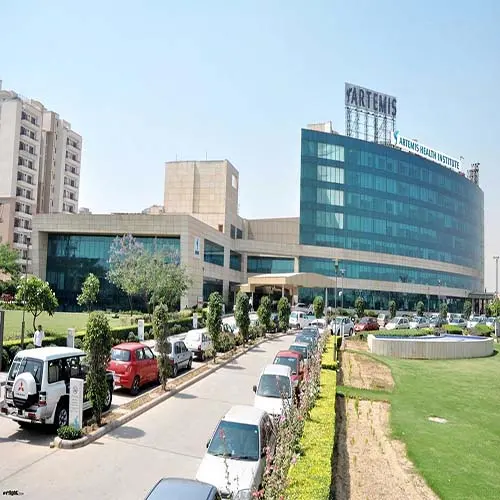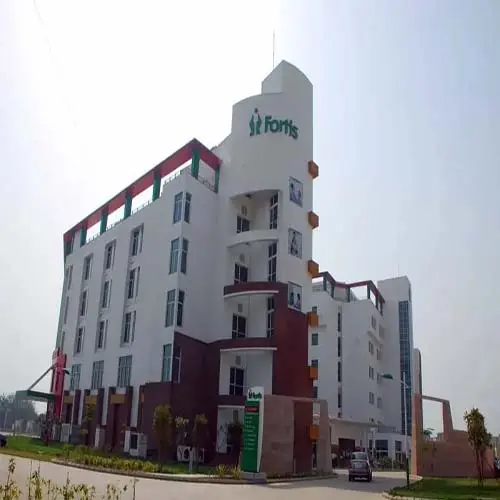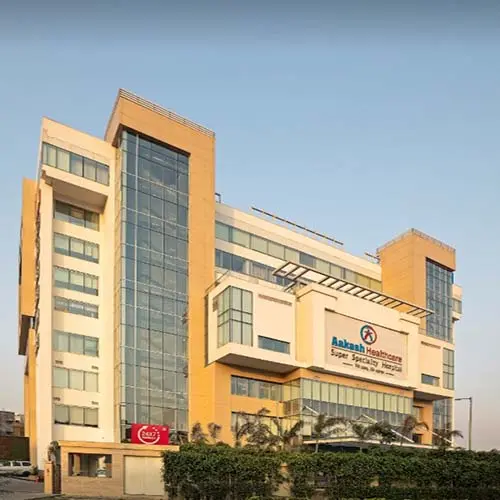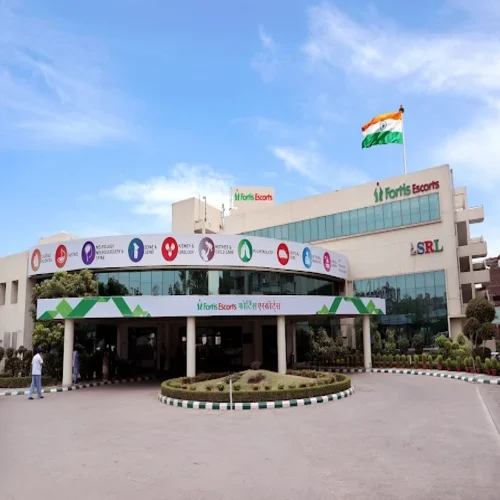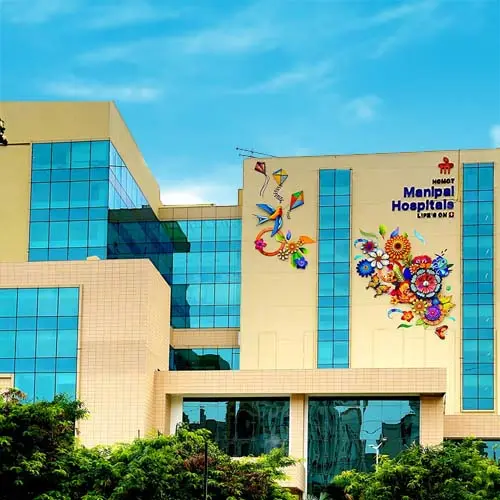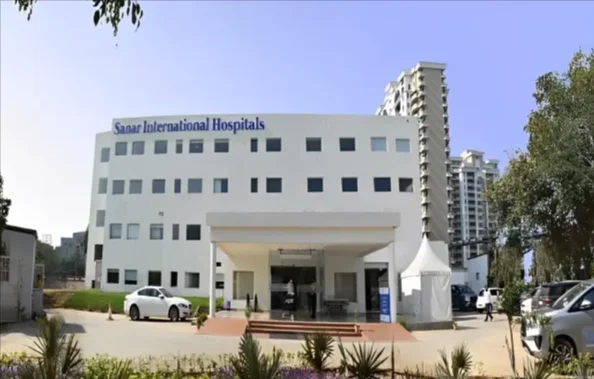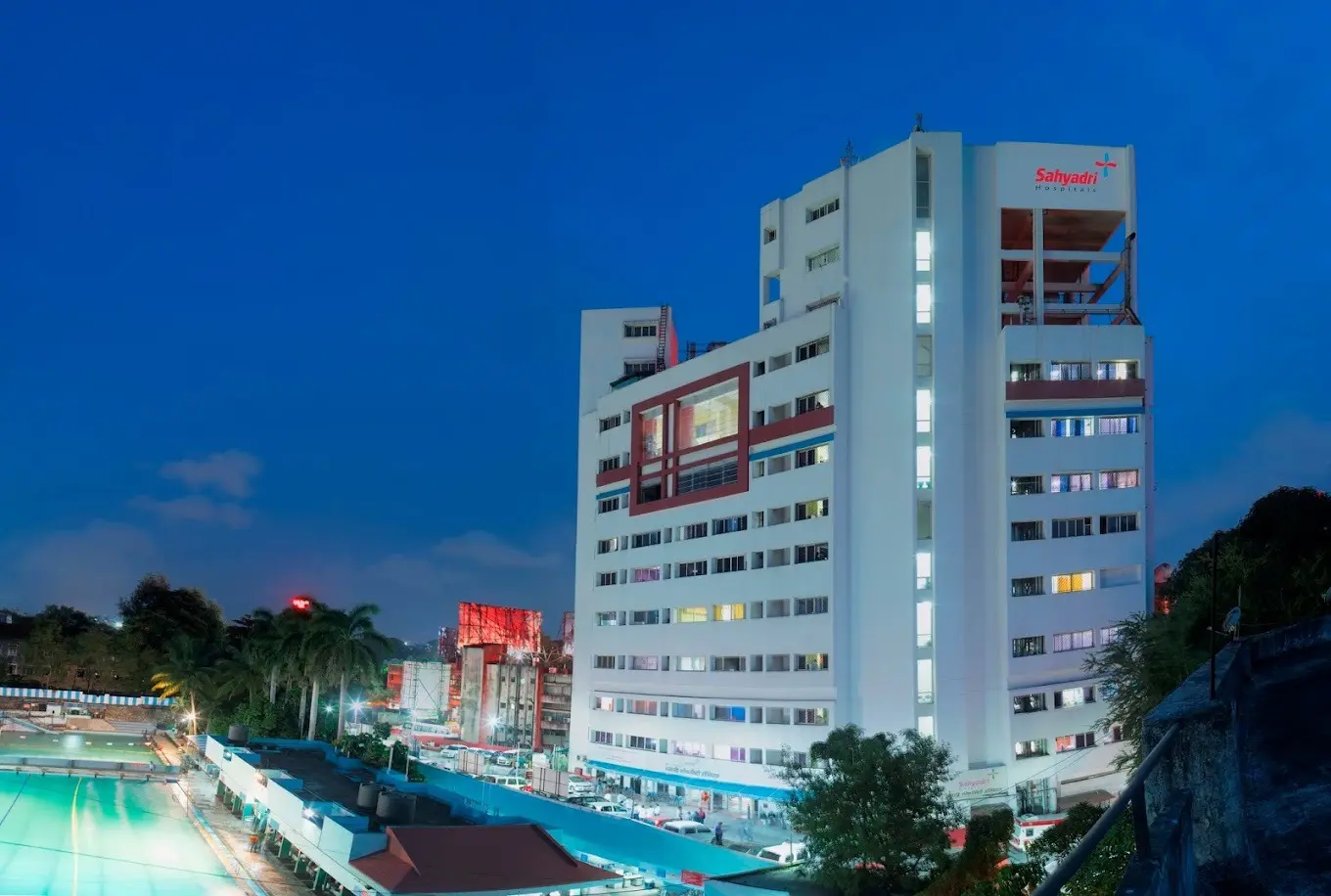Open Reduction Internal Fixation cost in India
The open reduction and internal fixation (ORIF) cost in India ranges from $4,000 to $6,000, which is approximately equivalent to 340,000 to 510,000 Indian Rupees. The overall cost depends on the type of fracture, the bone involved, the complexity of the surgery, and hospital facilities. This cost generally includes surgeon’s fees, operation theater charges, anesthesia, implants like plates, screws or rods, hospital stay, and post-operative care.
Cost Range of Open Reduction Internal Fixation cost in India
What is ORIF (open reduction internal fixation)?
ORIF, or open reduction and internal fixation, is a surgical procedure used to fix broken bones that cannot heal properly with just a cast or splint.
- Open reduction means the surgeon makes an incision to directly access and realign the broken bone pieces into their normal position.
- Internal fixation involves securing the bones in place using plates, screws, rods, or wires so they can heal correctly.
ORIF is commonly performed for fractures in the arm, leg, hip, ankle, or pelvis. It helps restore normal shape, function, and strength to the bone, reducing the risk of long-term complications like deformity, chronic pain, or mobility issues. Most people recover well after ORIF and return to normal activities once the bone heals completely.
Get a free cost estimate
Who Is Eligible for ORIF Surgery?
1. Medical Eligibility Criteria
- People with fractures where the bone pieces are displaced or unstable, making them unable to heal correctly with a cast or splint alone.
- Patients with open fractures (bone breaks through the skin), which require surgical cleaning and stabilization.
- Individuals with multiple fractures from trauma, like accidents or falls, needing surgical alignment and fixation.
- Cases of nonunion (bone hasn’t healed) or malunion (bone healed in the wrong positin) that need surgical correction.
2. Other Suitable Candidates
- Patients whose fractures have not responded well to conservative treatment like casting or splinting.
- People experiencing persistent pain, deformity, or difficulty moving the affected limb after an initial fracture treatment.
- Individuals with conditions like osteoporosis, where bones are fragile and may need surgical support for proper healing.
3. General Requirements
- Must be medically fit for anesthesia and surgery, confirmed through pre-operative tests.
- Suitable for all age groups, including children and older adults, depending on the fracture type and surgical plan.
- Patients and families must be ready for post-surgical rehabilitation, as physical therapy is often needed after ORIF for full recovery.
Types of ORIF Surgery With Cost
Here is an overview of the common types of ORIF surgeries along with their approximately cost range in USD:
Type of ORIF Surgery | Description | Approximate Cost (USD) |
Upper Limb ORIF | For fractures of the wrist, forearm, elbow, or shoulder. | $3,500 – $4,500 |
Lower Limb ORIF | For fractures of the ankle, tibia, femur, knee, or hip. | $4,000 – $4,500 |
Hip ORIF | Fixation for hip fractures, especially common in elderly patients. | $4,500 – $5,000 |
Pelvic ORIF | Complex fixation for pelvic fractures. | $4,000 – $5,500 |
Revision ORIF | For correcting failed previous fixation or complications like nonunion. | $5,500 – $6,000 |
Get a free cost estimate
ORIF Surgery Cost in India Inclusions
- First consultation
- Treatment as advised
- Routine drugs and consumables required during hospitalization
- Pre-anesthesia check up and clearance
- Hospital stay and meals as per the package
ORIF Surgery Cost in India Exclusions
- Pre-operative examination and tests
- Hotel stay, meals and flights
- Extended hospital stay
- Post-treatment follow-ups
- Treatment for any other underlying medical conditions
- Any complex investigations or drugs
Other Factors Affecting ORIF Cost in India
- Type of surgery advised
- Choice of location, doctor, and hospital
- Pre-existing medical history
- Type and duration of treatment advised
Types of Tests Required Before ORIF Surgery
Test Category | Brief Description | Common Tests & Cost in USD |
Blood Tests | To check general health, detect anemia, infection, and ensure safe clotting ability. | Complete Blood Count (CBC), Blood Sugar, Coagulation Profile (PT, APTT, INR), Kidney & Liver Function Tests. The cost of will be around $80-$100. |
Imaging Tests | To clearly see the fracture, plan surgery, and check surrounding tissues. | X-rays, CT Scan (for complex fractures), MRI (if soft tissue injury is suspected). The cost of will be around $350-$400. |
Cardiac Evaluation | To ensure the heart is healthy enough for anesthesia and surgery. | Electrocardiogram (ECG), Echocardiogram (2D Echo), as advised. The cost of will be around $300-$350. |
Infection Screening | To rule out infections that could complicate surgery. | Tests for HIV, Hepatitis B & C, urine analysis. The cost of will be around $80-$100. |
Pre-Anesthesia Checkup (PAC) | Final assessment to confirm readiness for anesthesia and surgery. | Airway assessment, medical history review, physical examination by anesthesiologist. The cost is approximately $100. |
Why India is preferred for ORIF Surgery?
India has emerged as a leading destination for ORIF (Open Reduction and Internal Fixation) surgery due to its combination of high-quality orthopedic care and significantly lower costs. While ORIF procedures in countries like the USA or UK can range from $30,000 to $80,000, the same surgery in India typically costs between $3,500 and $6,000—offering up to 80% savings without compromising medical standards.
Indian healthcare infrastructure has seen rapid advancement, with most top-tier hospitals featuring modular operation theatres, Class 100 laminar airflow systems, and fully digitized radiology and surgical navigation units. These facilities ensure precision in bone realignment and implant placement, leading to improved outcomes and reduced post-operative complications.
India’s orthopedic success is also attributed to its highly experienced surgeons, many of whom are internationally trained and specialize in trauma, sports injuries, and complex fracture management. Success rates for ORIF procedures in India are above 95%, thanks to adherence to international protocols, cutting-edge technologies like intraoperative C-arm fluoroscopy and 3D CT-guided navigation, and rigorous post-surgical rehabilitation programs.
Patients also benefit from minimal waiting periods, 24/7 medical assistance, and individualized recovery plans tailored to their condition and lifestyle. Moreover, international patients are supported through dedicated medical tourism services, including visa facilitation, multilingual coordinators, airport transfers, and accommodation assistance.
All these factors—world-class infrastructure, expert care, affordability, and patient-centric services—make India a trusted and preferred destination for those seeking safe, effective, and economical ORIF surgery.
Best Hospitals for ORIF in India
Best Surgeons for ORIF in India
FAQs
Most patients stay in the hospital for 2 to 5 days after ORIF surgery, depending on their recovery and overall health.
This depends on which bone was fractured. Some patients can start gentle movement within days, while others may need several weeks before putting weight on the limb.
As with any surgery, risks include infection, bleeding, blood clots, or nerve injury. However, these risks are low and can usually be managed with proper care.
Yes! Physical therapy is crucial for regaining strength, flexibility, and proper function after surgery.
Absolutely. Many older adults have ORIF surgery successfully, though they may take longer to heal. The decision depends on overall health and bone quality.
Yes, you’ll have a small scar where the surgeon made the incision to fix the bone. Scars usually fade over time and are often placed where they’re less visible.
Bone healing usually takes 6 to 12 weeks, depending on the bone, your age, and overall health.
This depends on which limb was operated on and how quickly you heal. Most people can drive again in 6 to 8 weeks, but your doctor will advise you specifically.
Sometimes implants are removed after healing, especially if they cause discomfort or interfere with movement. Many people never need a second surgery if implants don’t bother them.

